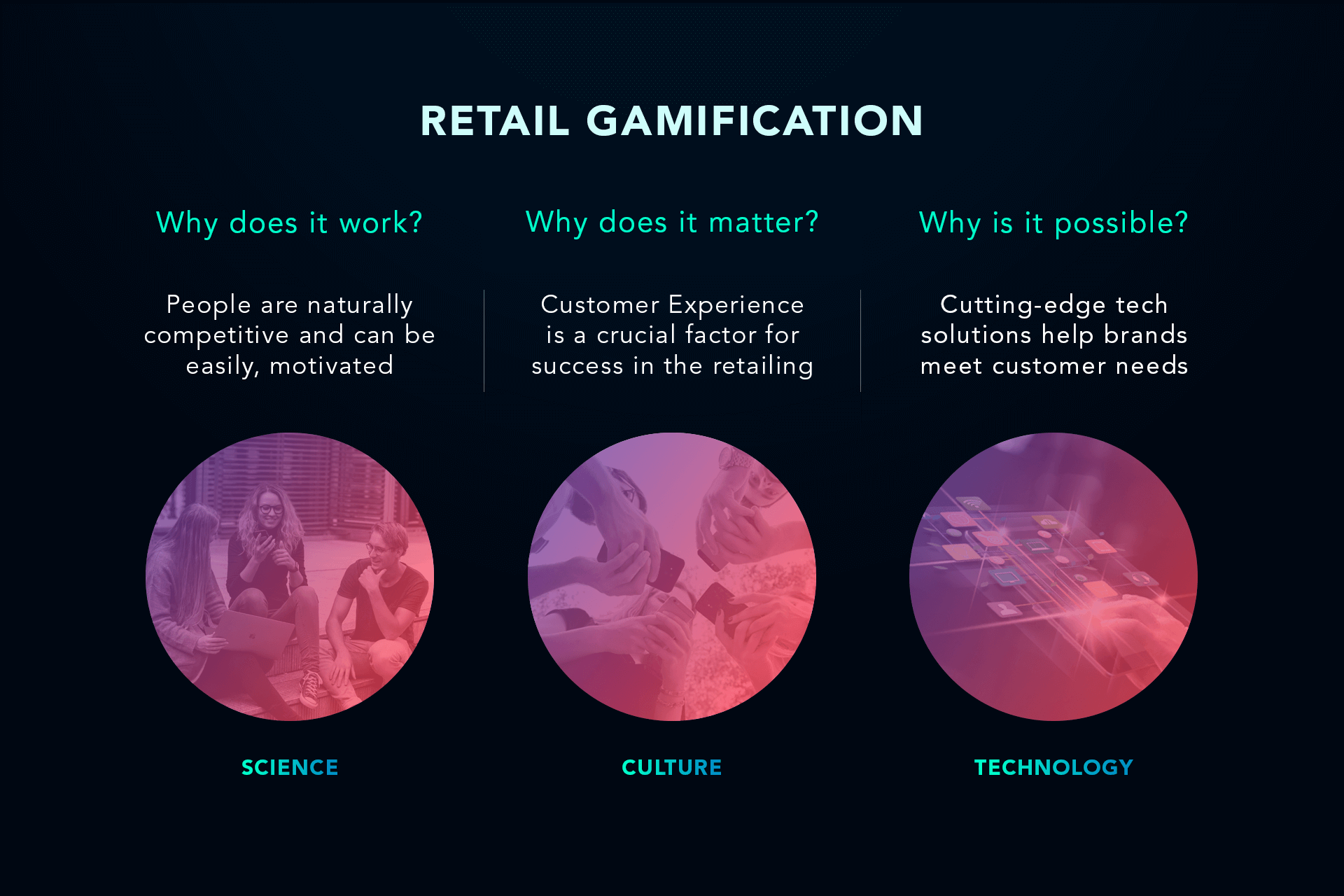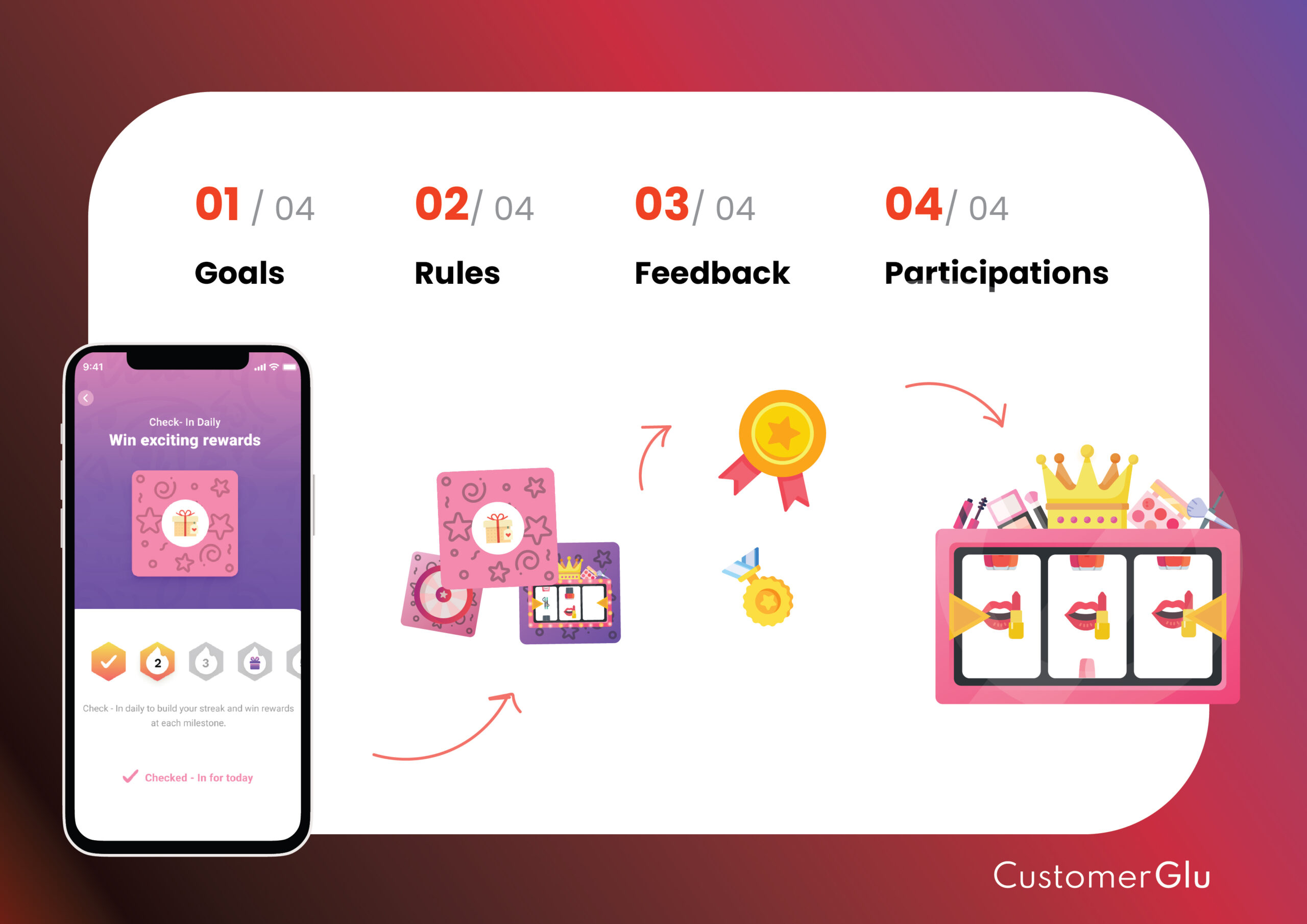Gamification in Online Shopping: Revolutionizing E-Commerce for Enhanced Engagement and Sales
In the competitive landscape of online shopping, businesses are constantly seeking innovative ways to capture the attention of their customers and foster long-term loyalty. One of the most exciting and effective trends in recent years has been the rise of gamification—a strategy that integrates gaming elements into non-game contexts, including online shopping experiences.
Gamification is transforming the way consumers engage with e-commerce platforms, driving customer engagement, boosting sales, and enhancing customer loyalty. By incorporating elements like rewards, challenges, and leaderboards, online stores can create a more interactive and fun shopping experience that encourages users to spend more time on the site, make purchases, and return for future interactions.
This article explores the concept of gamification in online shopping, its benefits, how it works, and the best practices for implementing gamification strategies that can elevate your e-commerce business to the next level.

What is Gamification in Online Shopping?
Gamification refers to the use of game-like elements in non-game contexts to engage users and encourage certain behaviors. In the context of online shopping, it involves incorporating features like rewards, challenges, leaderboards, and achievements into the shopping experience to make it more engaging and enjoyable.
By introducing a game-like environment, e-commerce businesses can encourage customers to engage with their products, make purchases, and return for more interactions. This strategy not only makes shopping more fun, but also taps into psychological triggers that motivate consumers to act, such as competition, achievement, and rewards.
How Gamification Works in E-Commerce
Gamification in online shopping typically involves a combination of the following elements:
- Points and Rewards Systems: Customers earn points for completing actions such as making purchases, sharing products on social media, writing reviews, or referring friends. These points can then be redeemed for discounts, exclusive offers, or other rewards.
-
Challenges and Missions: E-commerce sites often create challenges for customers to complete, such as purchasing a specific product, spending a certain amount of money, or engaging in social media activities. Completing these missions earns customers rewards or badges, which provide a sense of achievement.
-
Leaderboards: Some online stores use leaderboards to showcase the top customers based on points earned or achievements unlocked. This adds a competitive element, motivating customers to strive for higher ranks and increasing engagement.
-
Badges and Achievements: Customers can earn badges or other virtual recognitions for completing certain milestones. These achievements create a sense of accomplishment and encourage customers to engage with the platform more frequently.
-
Games and Interactive Features: E-commerce businesses may incorporate actual games into the shopping experience. For example, customers might spin a wheel of fortune for discounts, play a scratch-off game to unlock deals, or participate in virtual events.

Benefits of Gamification in Online Shopping
1. Increased Customer Engagement
One of the primary reasons businesses incorporate gamification into their e-commerce platforms is to increase engagement. By offering rewards for customer actions, such as making a purchase or sharing on social media, brands encourage customers to interact more frequently with their online store.
“Gamification turns the ordinary shopping experience into an exciting adventure, fostering greater interaction with the brand and products.”
2. Enhanced Customer Loyalty
Gamification taps into consumers’ desire for rewards and recognition, which can significantly boost customer loyalty. By offering incentives like discounts, exclusive access, and special offers, customers feel valued, leading to increased brand loyalty. The ability to earn points and rewards also encourages customers to return for future purchases to redeem their rewards.
3. Higher Conversion Rates
Gamification encourages users to take action, whether it’s making a purchase, referring a friend, or engaging with content. The sense of achievement that comes from earning rewards or completing challenges can drive customers to convert from browsers into buyers. This leads to higher conversion rates and increased sales.
4. Improved User Experience
Gamified features make the online shopping experience more interactive and engaging, transforming it from a transactional process into a fun and enjoyable activity. By incorporating interactive elements, brands can create a more memorable experience for their customers, leading to higher satisfaction and positive reviews.
5. Social Sharing and Referrals
Gamification often encourages customers to share their achievements or experiences on social media, which can drive viral marketing and attract new customers. Referrals are also a key aspect of gamified shopping, with many businesses rewarding customers for bringing in friends or family members.
“Gamification can turn your customers into brand ambassadors, spreading the word and bringing in new business.”
Examples of Gamification in Online Shopping
1. Starbucks Rewards Program
Starbucks has successfully implemented gamification through its Starbucks Rewards program, where customers earn stars for making purchases, which can be redeemed for free drinks, discounts, and other rewards. The program also features levels—as customers collect more stars, they unlock new perks and benefits. This gamified system encourages repeat visits and loyalty.
2. Nike Training Club App
Nike’s Training Club app combines fitness with gamification by offering challenges, achievements, and rewards for completing workout routines. Users can earn badges, track their progress, and share their achievements on social media. This keeps users engaged with the brand and encourages them to make purchases in the Nike store.
3. Sephora’s Beauty Insider Program
Sephora’s Beauty Insider program offers points for every dollar spent, with customers able to redeem points for exclusive products, discounts, and experiences. The program also features tiers, with customers moving up to higher levels as they earn more points. This gamified structure encourages increased spending and customer loyalty.

4. Amazon Prime Day and Flash Sales
Amazon’s Prime Day and flash sales are excellent examples of using gamification to drive urgency and sales. During these events, customers can access limited-time deals and earn exclusive rewards for purchasing certain items. The sense of competition and the limited availability of deals encourages shoppers to act quickly, boosting sales.
Best Practices for Implementing Gamification in E-Commerce
1. Align Gamification with Customer Goals
For gamification to be successful, it must align with your customers’ goals and interests. Whether it’s earning discounts, achieving status, or unlocking exclusive rewards, your gamified elements should incentivize actions that matter to your customers. This will keep them engaged and motivated to participate.
2. Keep It Simple and Fun
While gamification can add excitement to the shopping experience, it’s important not to overwhelm users with overly complicated systems. Keep it simple and fun. Reward actions that naturally align with the shopping process, such as making purchases, writing reviews, or sharing products on social media.
3. Offer Meaningful Rewards
Customers are more likely to engage with gamification systems if the rewards are meaningful and valuable. Whether it’s a discount, free product, or exclusive access, ensure that the rewards resonate with your audience and encourage them to take action.
4. Use Gamification to Build Community
Gamification isn’t just about individual rewards—it’s also about creating a sense of community. Consider incorporating leaderboards, team challenges, or social sharing features that allow customers to interact with each other and feel part of something larger. This builds brand loyalty and encourages social engagement.
5. Monitor and Adapt Your Strategy
Like any marketing strategy, gamification requires constant monitoring and adaptation. Track performance metrics such as engagement rates, conversion rates, and customer retention to determine the success of your gamified elements. Use this data to refine your approach and make adjustments as needed.
FAQs About Gamification in Online Shopping
Q1: How does gamification increase customer engagement in online shopping?
A1: Gamification increases engagement by making the shopping experience more interactive and rewarding. By offering points, rewards, and challenges, e-commerce businesses encourage customers to engage with the brand more frequently, leading to increased interaction and purchase behavior.
Q2: What types of rewards should I offer in a gamified shopping experience?
A2: Rewards should be meaningful and relevant to your target audience. Consider offering discounts, exclusive products, early access, or special promotions. The goal is to create incentives that motivate customers to take specific actions and return to your store.
Q3: Can gamification work for small e-commerce businesses?
A3: Yes, gamification can be highly effective for small businesses. Even with a smaller budget, you can use simple gamified elements such as **reward points
** for purchases, referral bonuses, and social media challenges to boost engagement and sales.
Q4: How do I track the success of gamification in my e-commerce store?
A4: To track success, monitor metrics such as customer engagement, conversion rates, average order value, and repeat purchases. Use these insights to assess how well your gamified features are performing and adjust your strategy accordingly.
Conclusion
Gamification in online shopping is more than just a passing trend—it’s a powerful tool that can help e-commerce businesses drive customer engagement, increase loyalty, and boost sales. By leveraging game-like elements such as rewards, challenges, and leaderboards, brands can create more interactive and fun shopping experiences that not only attract new customers but also encourage repeat business.
As e-commerce continues to evolve, incorporating gamification into your strategy will position your brand for success in an increasingly competitive market. So, whether you’re a small business or a large enterprise, it’s time to level up your online store with the power of gamification!

